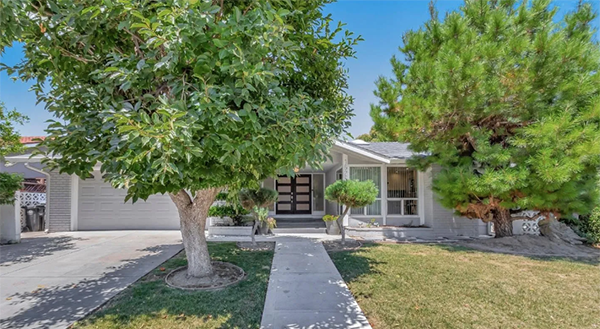News And Advice From The Leading Thousand Oaks Tree Trimming Company
If you’ve been in your home for many years or even a couple of decades or more, you may (we hope!) take great pride in the beautiful trees in your yard. You may have planted them yourself, or maybe they were already established when you bought your home. If you’ve been conscientious, you’ve had them trimmed regularly — and you’ve reaped the benefits! They’ve contributed to an additional increase in your home’s value by anywhere from 7-19 percent (see A Beautiful Way to Add to Your Home’s Value).

So, now that your trees are fully mature, healthy and established, is it ok to just let them be? Well, they don’t quite require the attention of a young, newly planted tree, but mature trees can still benefit from both trimming and pruning. The specific approach you should take depends on the goals you have for the tree and its health.
First, let’s differentiate between trimming and pruning.
Trimming: Trimming typically involves the removal of overgrown or dead branches for aesthetic purposes. This can help shape the tree and improve its overall appearance. Trimming is often done on smaller branches and doesn’t necessarily require as much precision as pruning. It can also involve cutting back foliage to control the size of the tree or prevent it from encroaching on buildings, power lines or other structures.
Pruning: Pruning involves the selective removal of branches or parts of a tree for more specific purposes, often related to the tree’s health and structure. Pruning can include the removal of diseased, damaged or dead branches to improve the tree’s overall health and prevent potential hazards. Additionally, strategic pruning can improve air circulation, sunlight penetration and overall tree structure. There are different types of pruning techniques, such as crown thinning, crown raising and crown reduction, each serving a specific purpose.
When it comes to mature trees, the approach you take should prioritize their long-term health, safety and structural integrity. Here are some considerations:
Health: Pruning should prioritize the removal of any diseased, dead or damaged branches. This helps prevent the spread of diseases and can improve the tree’s overall vitality.
Structure: Pruning can help maintain a strong and balanced branch structure. Removing competing or crossing branches can prevent rubbing and reduce the risk of breakage during storms.
Safety: If the tree’s branches are encroaching on structures, power lines or posing a hazard, selective pruning might be necessary to mitigate risks.
Aesthetics: Trimming can help maintain a pleasing shape and appearance. However, avoid excessive trimming, as removing too much foliage can stress the tree.
Species Considerations: Different tree species have different growth patterns and requirements. Some trees might require minimal pruning, while others may benefit from more frequent maintenance.
For significant pruning or if you’re unsure about the proper approach, give us a call. We have the expertise to assess your tree’s health, structure and needs and can perform pruning in a way that promotes the tree’s well-being.
In the end, both trimming and pruning have their place in maintaining mature trees. Pruning should be performed for health, safety and structural reasons, while trimming can be done for aesthetic purposes. Prioritizing the tree’s health and seeking professional advice when necessary will help you make the right decisions for those trees you rightly take such pride in.

